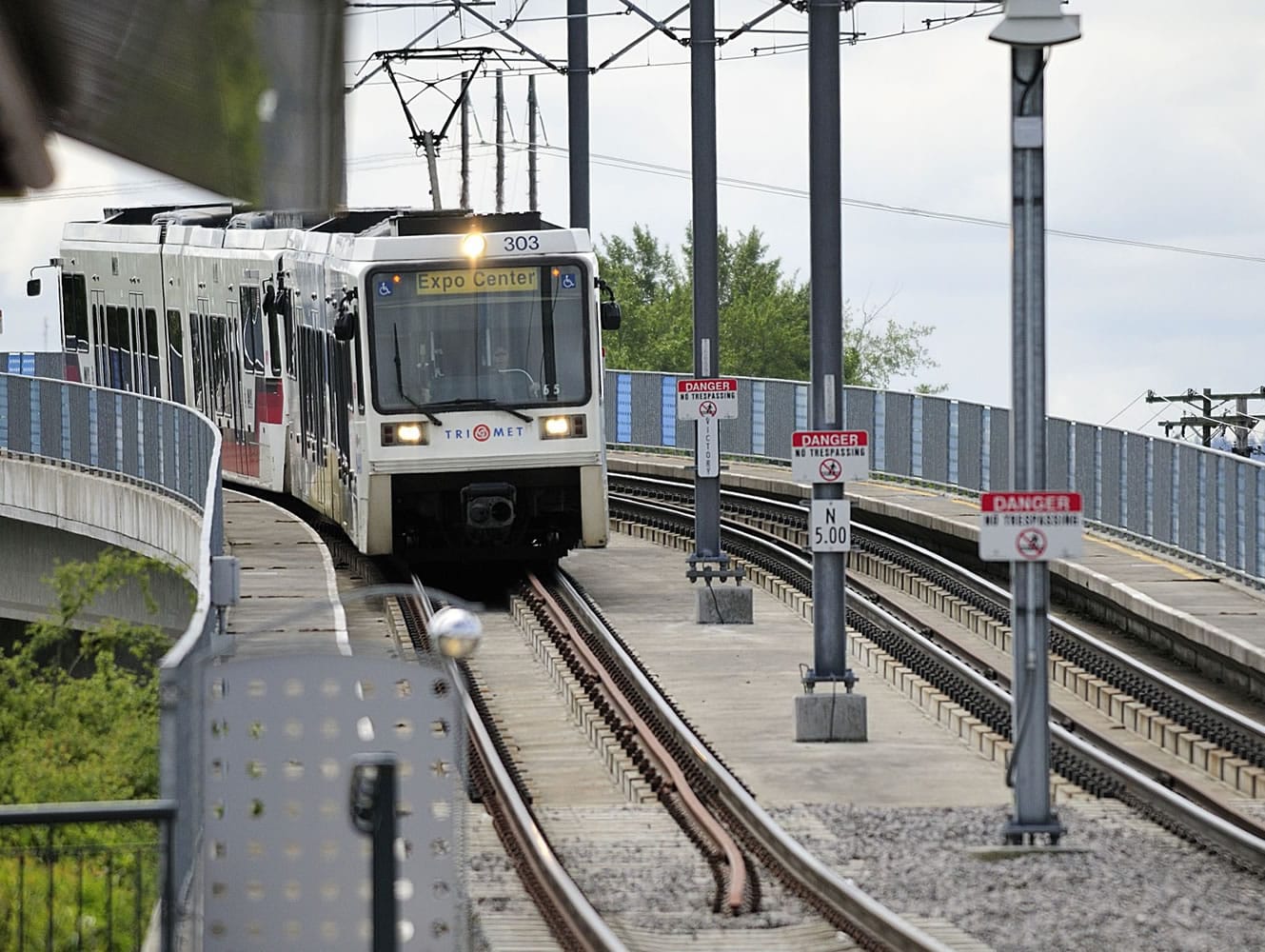The C-Tran Board of Directors indicated Tuesday it wants to act sooner than later on a long-awaited decision: Who should vote on this year’s planned election to pay for light rail?
The question of who votes — either C-Tran’s entire taxing district or a smaller subdistrict such as Vancouver and its urban growth boundary — now could be resolved as soon as April. That’s sooner than earlier time lines had indicated, and would end months of uncertainty as the agency moves toward a November sales tax election.
“It would be good to get some certainty,” said Clark County Commissioner Steve Stuart, one of nine C-Tran board members. “It’s time.”
This November’s sales tax vote would pay for the operation and maintenance of two new high-capacity transit systems in Vancouver — a proposed bus rapid transit line on the city’s Fourth Plain corridor, and Vancouver’s share of a light rail extension planned as part of the $3.5 billion Columbia River Crossing. But C-Tran leaders have wrestled with whether smaller Clark County cities should help foot the bill for running new systems in Vancouver.
If C-Tran decides to include its entire district in the vote, the proposed sales
tax increase would likely be 0.1 percentage point. If it’s Vancouver only, it would likely have to be 0.2 percentage point to collect enough revenue.
Stuart initially said Tuesday he’d like to see the matter settled during the board’s next meeting in March, when a discussion on the issue is already planned. But other members said they’d prefer more time to put the question to their respective city councils after that meeting.
The debate has continued since last year, when the district-subdistrict question first came up.
“I don’t know that councils need to chew on it very long,” Stuart said. “I’ve got a sneaking suspicion that positions have been made.”
Even if a voting area is determined in April, the board can’t formally put a measure on this fall’s ballot until July. A state-mandated expert review panel is just getting off the ground, and likely won’t have a preliminary report done until at least June, said C-Tran public affairs director Scott Patterson. That’s a tight schedule, and county Commissioner Tom Mielke suggested ensuring at least a non-binding November public vote on light rail if the process doesn’t finish fast enough for a sales tax vote. Either way, he said, citizens need to have some say.
“It’s something that we’ve promised to the community,” Mielke said.
Traffic signal technology
The C-Tran board also gave the green light to a project that will bring new traffic signal technology to almost two dozen intersections along Vancouver’s Mill Plain corridor. A $172,000 contract approved Tuesday will have the new system installed by this summer.
The system would open a new line of communication between C-Tran buses and traffic lights on Mill Plain, through electronic signals sent from the buses themselves. The idea is to help buses travel more smoothly and reliably on the busy thoroughfare.
About 50 buses will be outfitted with new transmitters at first, according to C-Tran. They’ll communicate with each upgraded intersection as they approach, using location and schedule among other factors to determine whether to alter a light.
The system won’t use any specialized bus-only traffic signals. It will only have the ability to extend a green light for a bus to get through with traffic, for example, or shorten a red light. But that’s only if the bus is running late, and traffic isn’t too stacked up on the cross streets. Any upgrade won’t give C-Tran buses priority like emergency vehicles, Patterson said before Tuesday’s meeting.
“The lights aren’t going to change necessarily every time one of these C-Tran buses approaches an intersection,” Patterson said.
C-Tran buses are already equipped with GPS tracking devices that show their position in real time. The system would expand on that and other existing technology.
Agency planners will upgrade 22 intersections on the Mill Plain corridor between Fort Vancouver Way and Southeast 160th Avenue. The entire project, first floated in 2010, will cost no more than $536,000 when completed, according to C-Tran. About 80 percent of that is covered by federal money.
Mill Plain is C-Tran’s second-busiest corridor by ridership. Its busiest line, Fourth Plain Boulevard, is already the subject of the bus rapid transit study that could reshape the corridor with an array of new options.
Eric Florip: 360-735-4541; http://twitter.com/col_enviro; eric.florip@columbian.com.




